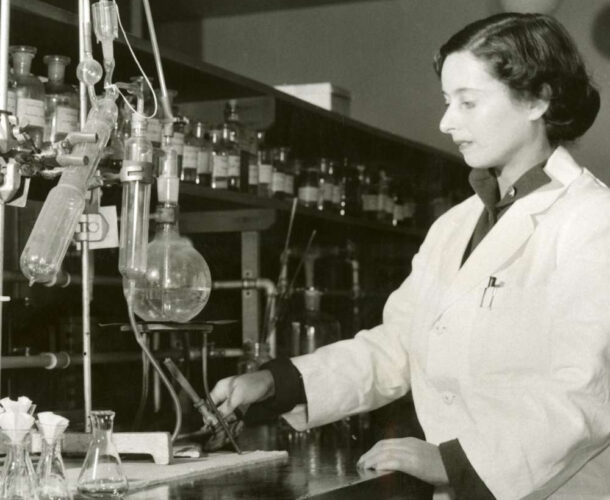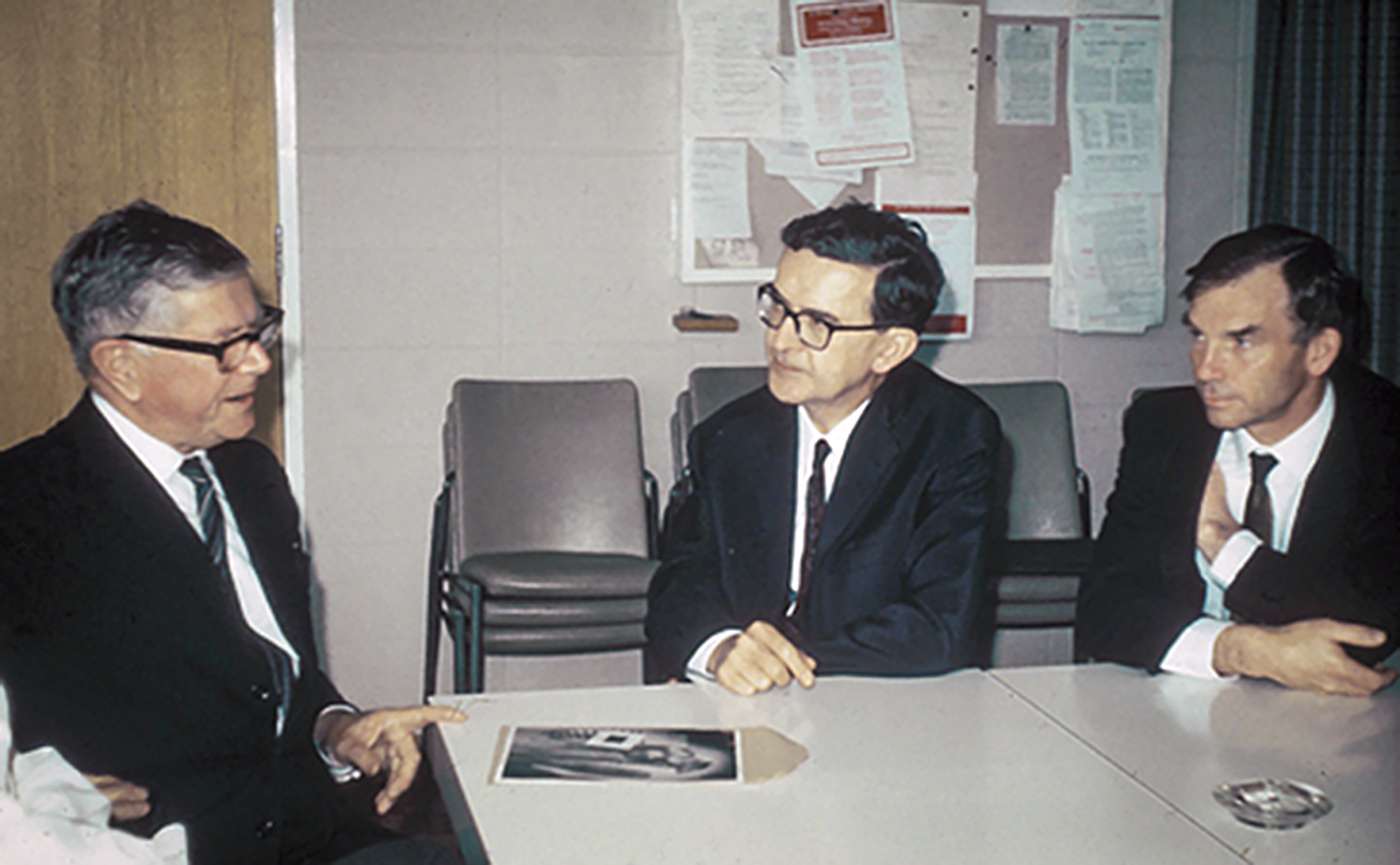In the 1950s, the institute’s Clinical Research Unit was leading research in diseases of the stomach and liver. One important topic of research was chronic active hepatitis – a disabling, often fatal, condition that sometimes followed an attack of infectious hepatitis, but often the cause was unknown.
In 1955 Richard (Dick) Joske and Bill King noticed for the first time that a blood test, thought to be characteristic of another chronic disease systemic lupus erythematosus – more commonly known as lupus – was shown by two of these hepatitis cases.
Institute director Sir Frank Macfarlane Burnet surmises that it “seemed possible that the liver disease might be due to a related autoimmune process.
At the time, the concept of autoimmunity – that the immune system might produce cells or antibodies that attacked and destroyed the body’s own tissues – was still very contentious, with few people researching the disorders.
Burnet later said that the discovery “played an important part in the ‘switch’ of the institute’s main theme from influenza virus to immunology”.





